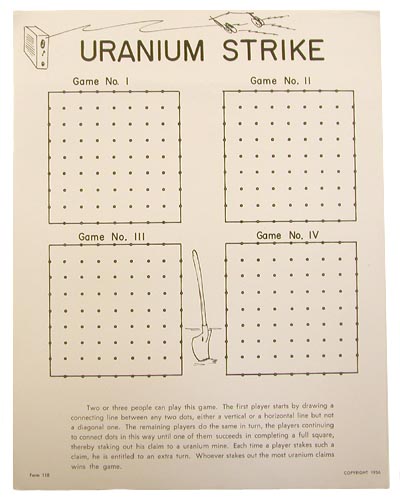
Uranium fever hit Utah as the Cold War was raging. Between 1950 and 1956, over 50,000 uranium claims were filed by prospectors for mines in the San Rafael Swell — a giant dome-shaped geologic feature made of sandstone, shale, and limestone that was pushed up during the Paleocene era as a result of subduction and deformation.


About 15 miles west of Green River, Utah, I-70 cuts through the San Rafael Reef, which is the eastern edge of the Swell. The San Rafael Reef View Area (westbound) and the Spotted Wolf View Area (eastbound) provide magnificent views of the feature.



Uranium fever was everywhere in the 1950s, as prospectors flocked to the Southwest to seek their fortunes. Green River was the staging area for mining, along with processing facilities. Moab became a bustling tourist destination, not only for its natural beauty, but also because Charlie “The King of Uranium” Steen, with the success of his Mi Vida uranium deposit, brought development.

The Atomic Energy Commission surveyed the area in modified Piper PA-18 Super Cubs as part of its uranium exploration program in the 1950s. The AEC’s fleet of 10 low, slow, and inexpensive Super Cubs had scintillation counters in the rear of the plane to detect gamma radiation.











